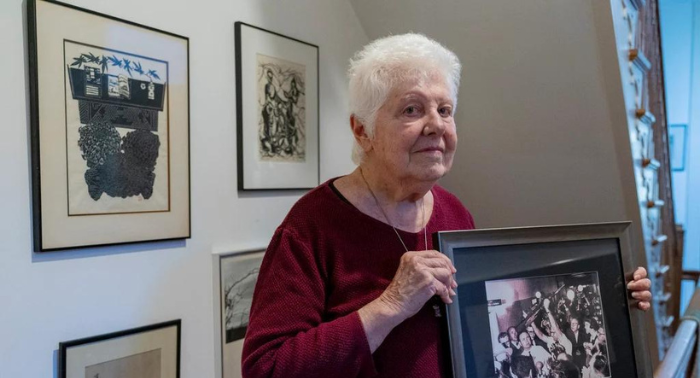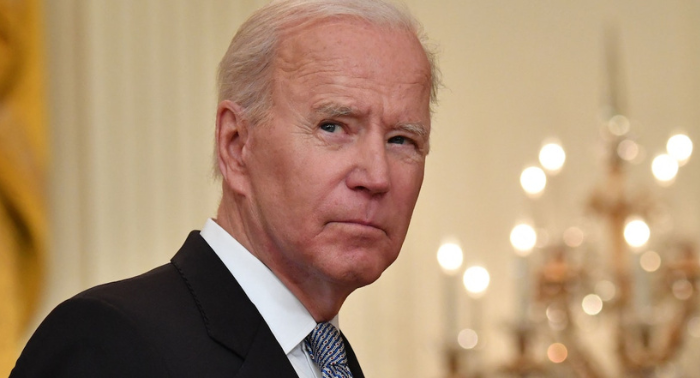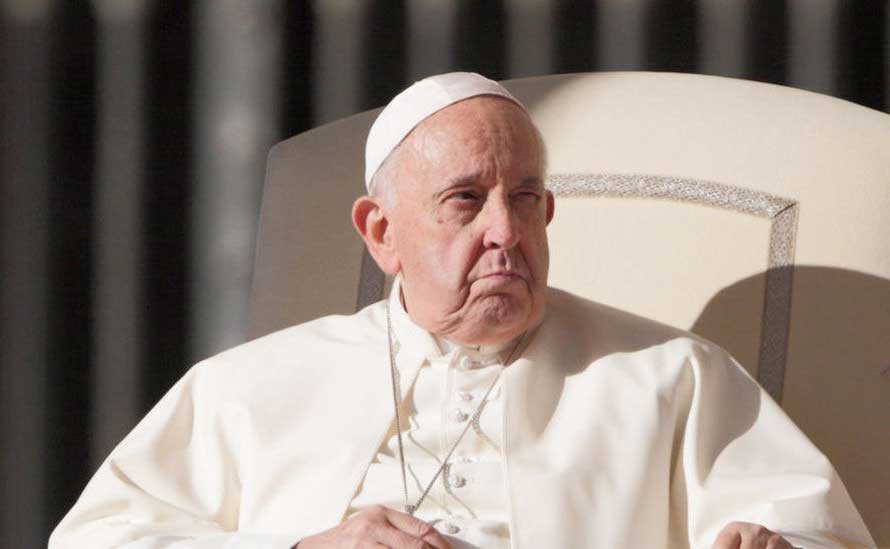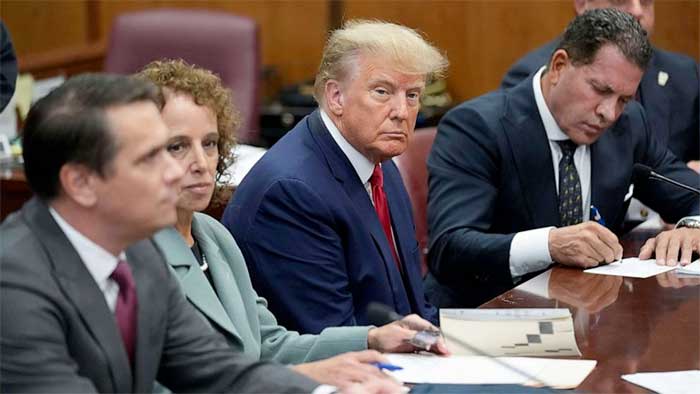Barely moments after the tragic shooting of President John F. Kennedy in Dallas, Peggy Simpson, an Associated Press journalist, was quick to arrive at the unfolding scene. She immediately joined the police officers gathering around the Texas School Book Depository, from where the assassin’s shots were fired.
Simpson, now 84, is one of the few remaining eyewitnesses sharing their account as the country commemorates the 60th anniversary of Kennedy’s assassination on Nov. 22, 1963, this Wednesday.
Stephen Fagin, curator at The Sixth Floor Museum at Dealey Plaza, emphasizes the importance of these firsthand accounts. The museum, located at the site of Lee Harvey Oswald’s sniper nest, is losing many of these firsthand witnesses as time passes.
Simpson, along with former Secret Service Agent Clint Hill, is featured in National Geographic’s “JFK: One Day in America,” a three-part series released this month. The series melds personal recollections with archival footage, some colorized for the first time. Director Ella Wright highlighted the significance of these personal stories in complementing the historical footage.
Dealey Plaza, where Kennedy’s motorcade was when he was assassinated, continues to attract visitors. Fagin notes the assassination marked a pivotal moment in American history, particularly for those who lived through the 1960s.
On the assassination day, Simpson’s original assignment was to cover a Kennedy fundraising dinner in Austin. With time to spare in Dallas, she opted to watch the presidential motorcade, unaware of what was about to transpire.
Upon returning to The Dallas Times Herald’s building, where the AP office was, she was met with the shocking news of the President’s shooting. She witnessed the AP bureau chief filing the breaking news and then hurried to the Book Depository to gather more information.
At the police headquarters, Simpson described the atmosphere as chaotic and surreal. Amidst the throng of reporters, she saw Oswald’s rifle being paraded, witnessed the arrival of Oswald’s mother and wife, and attended a press conference where Oswald himself was questioned.
Two days later, while covering Oswald’s transfer to the county jail, nightclub owner Jack Ruby fatally shot Oswald. In the midst of the chaos, Simpson’s focus was on reporting the events as they unfolded, exemplifying the commitment of a journalist.
Simpson recalls being near Ruby at the time of the shooting but not recognizing him. Her memories are part of the oral history collection at the Sixth Floor Museum, which now houses around 2,500 recordings, according to Fagin.
Fagin praises Simpson for her role in capturing these historic events through her professional dedication. He also mentions that the museum continues to record oral histories, now increasingly from those who were children during the ’60s and recall learning about the assassination at school.
The effort to preserve these memories is a race against time, Fagin says, highlighting the urgency in capturing these fading recollections of a pivotal moment in history.




